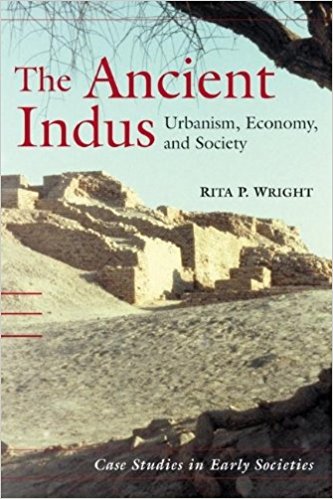The Harappan or Indus civilization is a subject where the amount of new data and analysis are constantly growing, and it is difficult to keep pace with both. That is why a new book on the subject excites interest. Rita P. Wrights The Ancient Indus: Urbanism, Economy, and Society is part of a series that aims at introducing students, scholars and general readers to early societies as well as to new methods of archaeological analysis. The book gives a competent overview of all the aspects of the civilization, including its discovery, origins, environmental setting, settlement patterns, subsistence base, crafts, trade, religion, society, polity and decline. Boxed text draws attention to new, interesting research, and a fairly large number of illustrations (unfortunately all in black and white) add an important visual dimension to the discussion. The approach is balanced, and the many grey areas are presented as such rather than conveying a false sense of certainty.
Given the fact that there are many excellent overviews of the Harappan civilization (I prefer this term to Indus civilization) available in the works of scholars such as Gregory Possehl, J. M. Kenoyer, B.B. Lal and Dilip Chakrabarti, the question that will be asked of this book is: What does it add to these surveys? In archaeological literature, every new book offers the advantage of incorporating fresh data. As a member of the Harappa Archaeological Research Project (HARP), Rita Wright has been closely associated with excavations at Harappa. She has also directed a landscape and settlement survey of the now dry bed of the Beas river near this site. She is therefore well-placed to present a state-of-the-art discussion of the subject.

